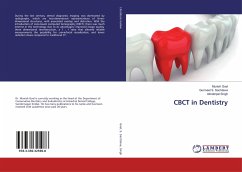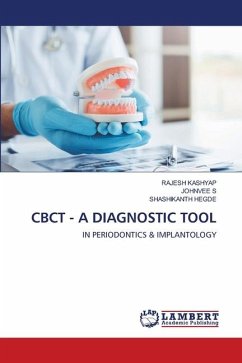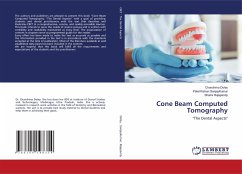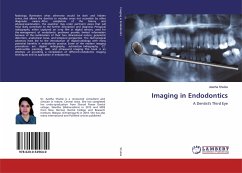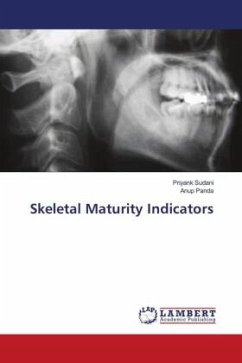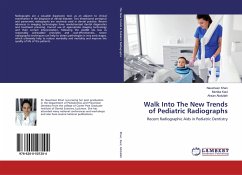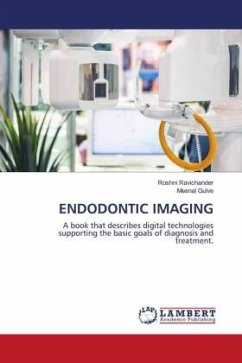During the last century, dental diagnostic imaging was dominated by radiographs, which are two-dimensional representations of three-dimensional structures, with associated overlap and distortion. With the introduction of cone-beam computed tomography (CBCT), there was much interest in the technology due to its advantages: improved image quality, three dimensional reconstruction, a 1 : 1 ratio that allowed reliable measurements the possibility for craniofacial visualization, and lower radiation doses compared to traditional CT.
Bitte wählen Sie Ihr Anliegen aus.
Rechnungen
Retourenschein anfordern
Bestellstatus
Storno

